Pálás in Galway takes arthouse cinema to the next level
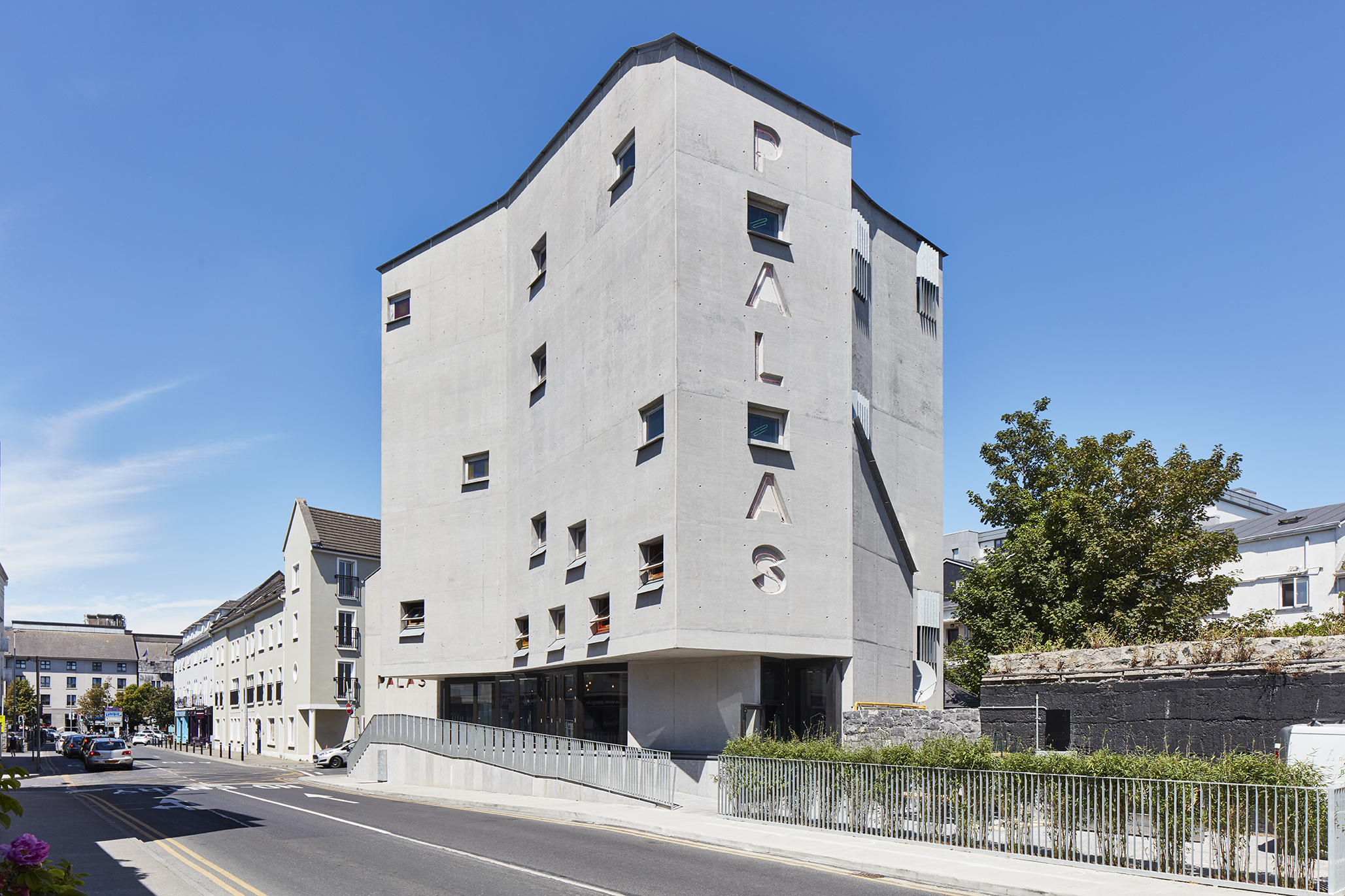
Some 14 years after the idea for a new arthouse cinema in the west Irish coastal town of Galway was initially proposed, and now with film producers Element Pictures (who also run Dublin’s Light House Cinema) firmly on board, Pálás Cinema (or Palace) has arrived. And, despite its long-drawn inception, it does not disappoint.
A contemporary moulded-concrete ‘tower house’ located in the city’s so-called Latin Quarter, its somewhat austere exterior gives way to a dizzying interior layout of criss-crossing poured concrete stairs, nooks and passageways. In keeping with the 1820s merchant’s house that was formerly on the site, and whose façade has been recreated to house the ticket office, the spaces inside are domestic and welcoming in scale and contrast intriguingly with its monolithic appearance.
Architect Tom de Paor says he wanted the new Pálás Cinema to offer a contemporary reinvention of the west Irish vernacular of plain, powerful and solid limestone buildings or warehouses with small apertures and windows. To ‘soften the pill' he added ‘punky, decorative and Arts and Crafts' elements. Some of these are visible from the outside, such as the neon signs, the lettering spelling out the cinema’s name cast into the sides of the building and the 24 resin-coated window designs by late and renowned Irish artist Patrick Scott that reference the gel filters used in stage lighting. Stairwells, lobbies and rooms are bathed and dappled in red, amber, purple, green and yellow during the day as a result, and project playful light effects out into the city at night.
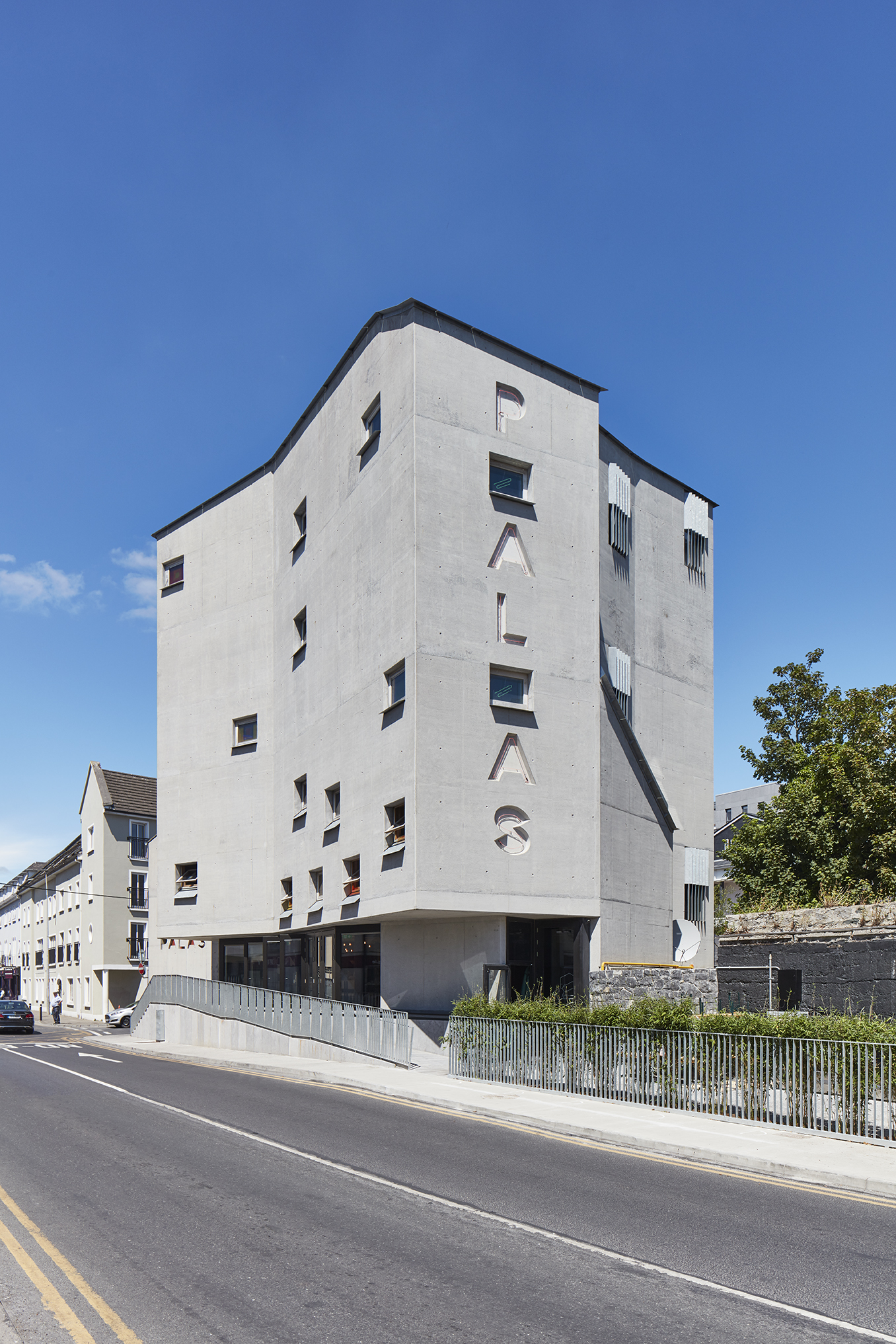
The cinema building’s moulded concrete form clearly stands out in its surroundings. Photography: Ed Reeve
In keeping with the more ‘dressed-up’ interiors ethos, the building’s three screens are also draped in sensuous red velvet on the ceilings and walls and filled with comfortable seating by historic French manufacturer Quinette Gallay. A ground-floor restaurant features leather banquette seating, marble-topped tables and an elongated chandelier by de Paor (who created all the fittings in the circulation spaces) made of stainless steel conduit and naked light bulbs. Meanwhile, the first floor bar is floored and lined with a luxuriant ebonised Sapele, the same timber used in the chamfered and beautifully detailed window frames throughout the building.
With its sober concrete exteriors, untempered circulation spaces and soaring voids, Pálás is architecturally quirky, brave, playful and provocative. Even de Paor admits to getting lost in it at times. But that is also the charm and trickery of it, one that makes the contrast with the hi-tech and plush cinema spaces all the more powerful.
Pálás is an unabashed attempt to make something contextual but new. Its managers hope it will become a much-loved hub for film lovers in a city already renowned for its film-making legacy and awarded UNESCO City of film status in 2014. Located on an important circulation axis into town, in a strategic gateway spot, de Paor’s building is a bold statement of intent.

Led by Tom de Paor, the practice is based outside Dublin. Photography: Ed Reeve

The new cinema is supported by film producers Element Pictures. Photography: Ed Reeve

It took about 14 years for the project to come to life. Photography: Ed Reeve
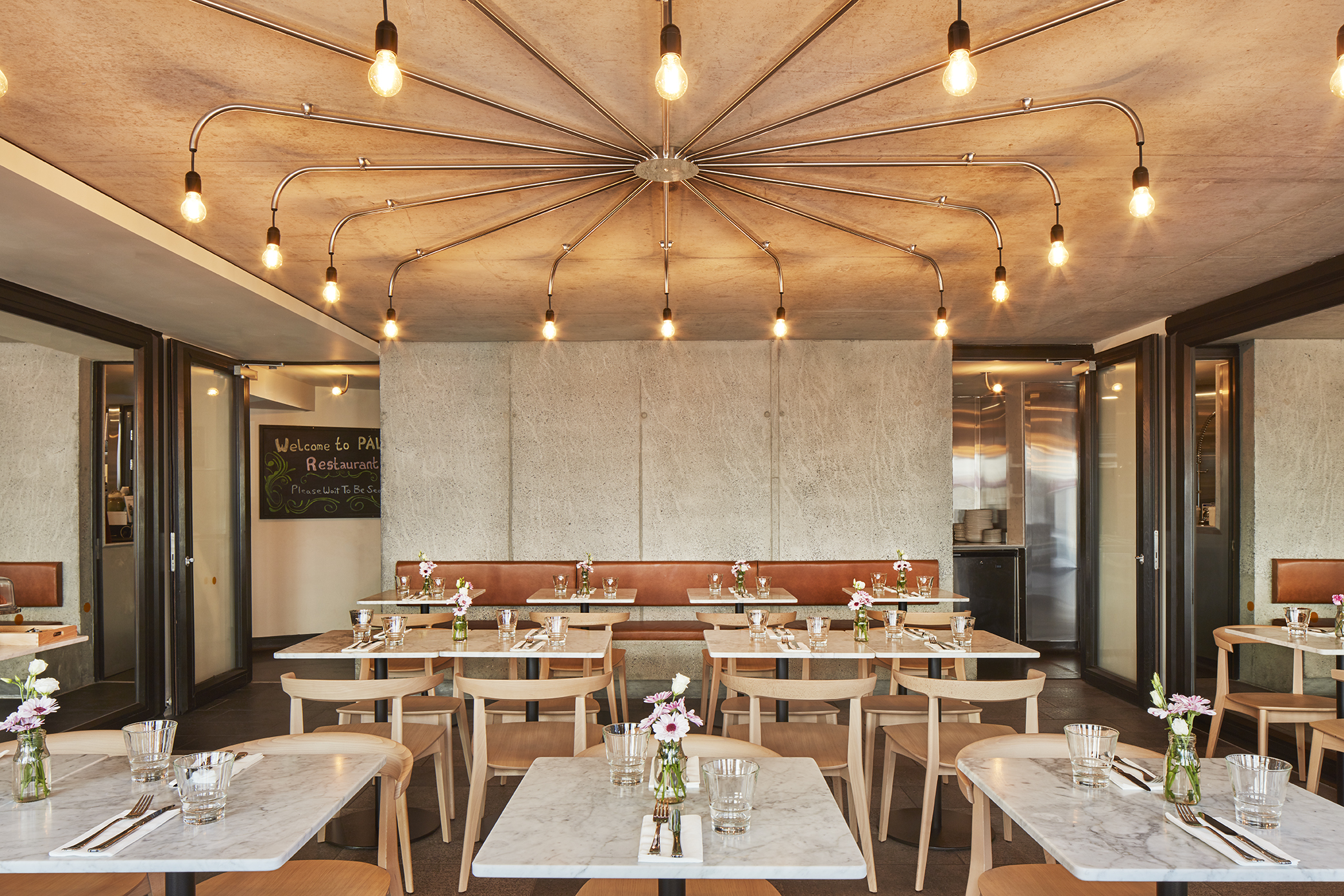
The austere exterior contains a variety of leisure facilities. Photography: Ed Reeve
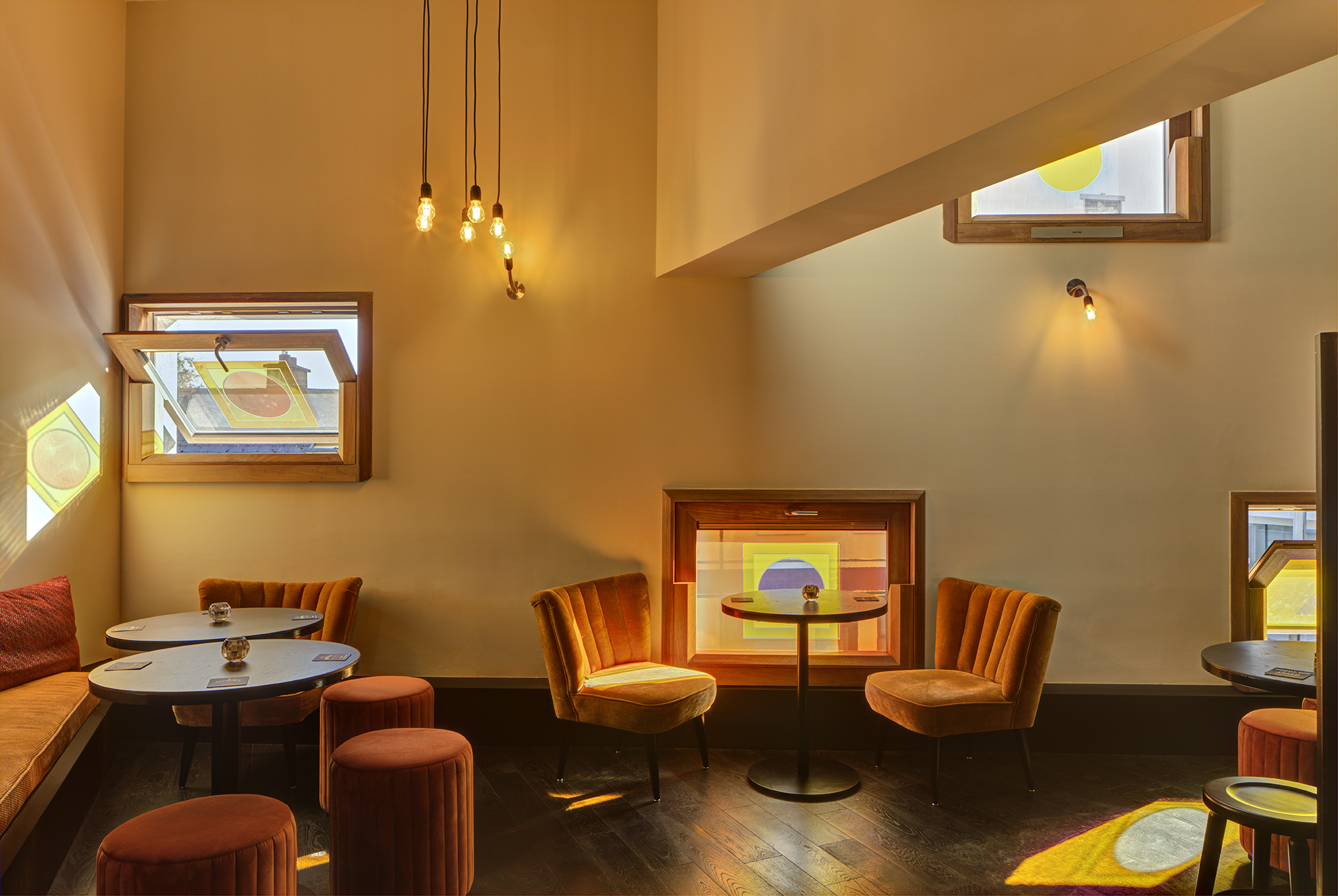
Interiors range in style and are often more domestic in scale and feel. Photography: Ed Reeve
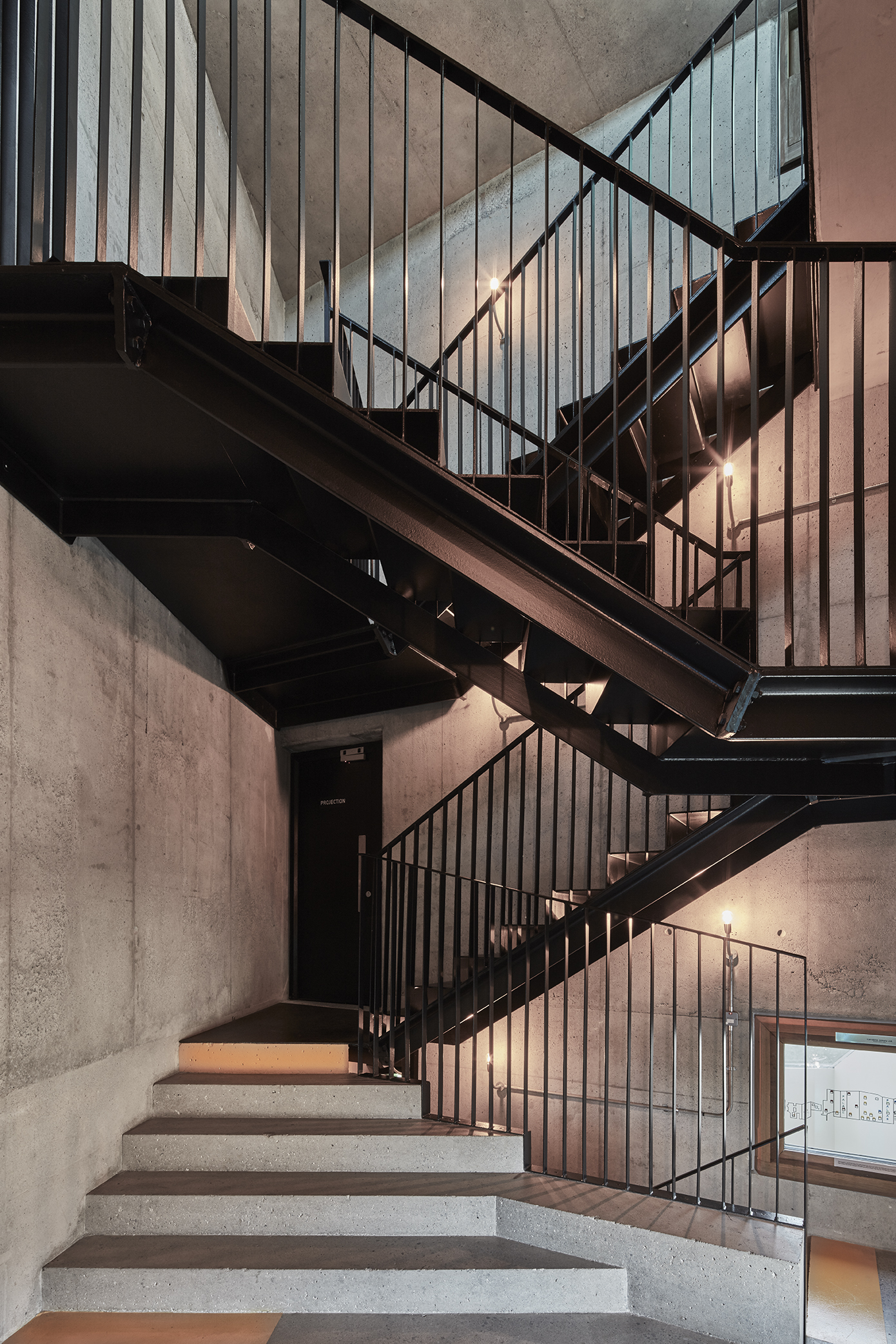
The sculptural exterior continues inside in several areas, such as the striking staircases. Photography: Ed Reeve
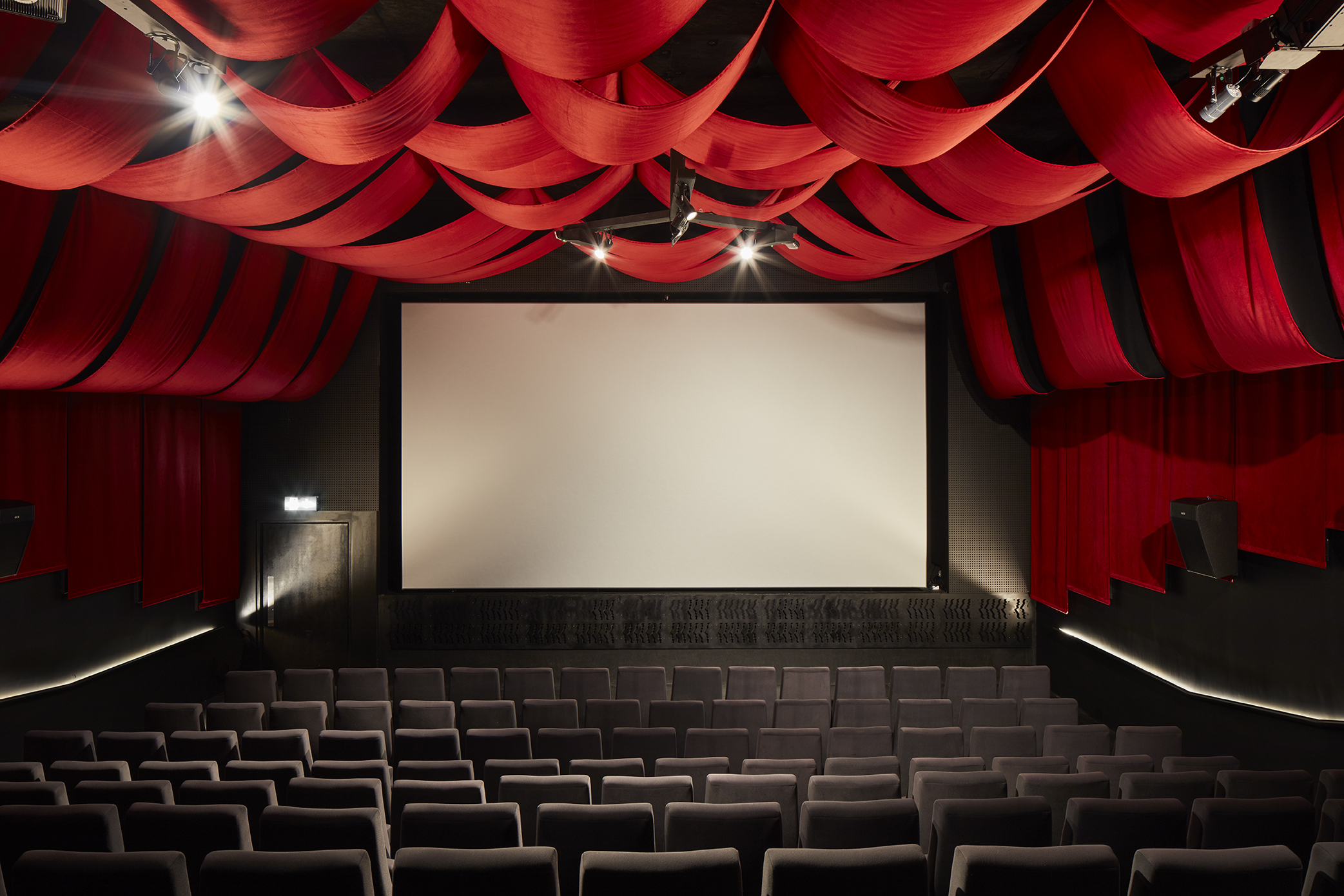
The building’s three screens are draped in sensuous red velvet on the ceilings and walls. Photography: Ed Reeve

There’s also 24 resin-coated window designs by late renowned Irish artist Patrick Scott. They reference the gel filters used in stage lighting. Photography: Ed Reeve
INFORMATION
For more information visit the website of de Paor Architects
Receive our daily digest of inspiration, escapism and design stories from around the world direct to your inbox.
Giovanna Dunmall is a freelance journalist based in London and West Wales who writes about architecture, culture, travel and design for international publications including The National, Wallpaper*, Azure, Detail, Damn, Conde Nast Traveller, AD India, Interior Design, Design Anthology and others. She also does editing, translation and copy writing work for architecture practices, design brands and cultural organisations.
-
 A day in Ahmedabad – tour the Indian city’s captivating architecture
A day in Ahmedabad – tour the Indian city’s captivating architectureIndia’s Ahmedabad has a thriving architecture scene and a rich legacy; architect, writer and photographer Nipun Prabhakar shares his tips for the perfect tour
-
 You can now stay in one of Geoffrey Bawa’s most iconic urban designs
You can now stay in one of Geoffrey Bawa’s most iconic urban designsOnly true Bawa fans know about this intimate building, and it’s just opened as Colombo’s latest boutique hotel
-
 Pentagram’s identity for eVTOL brand Vertical Aerospace gives its future added lift
Pentagram’s identity for eVTOL brand Vertical Aerospace gives its future added liftAs Vertical Aerospace reveals Valo, a new air taxi for a faster, zero-emission future, the brand has turned to Pentagram to help shape its image for future customers
-
 A beautifully crafted concrete family house in a Mexican suburb is a contemplative oasis
A beautifully crafted concrete family house in a Mexican suburb is a contemplative oasisHW Studio have shaped a private house from raw concrete, eschewing Brutalist forms in favour of soft light, enclosed spaces and delicate geometries
-
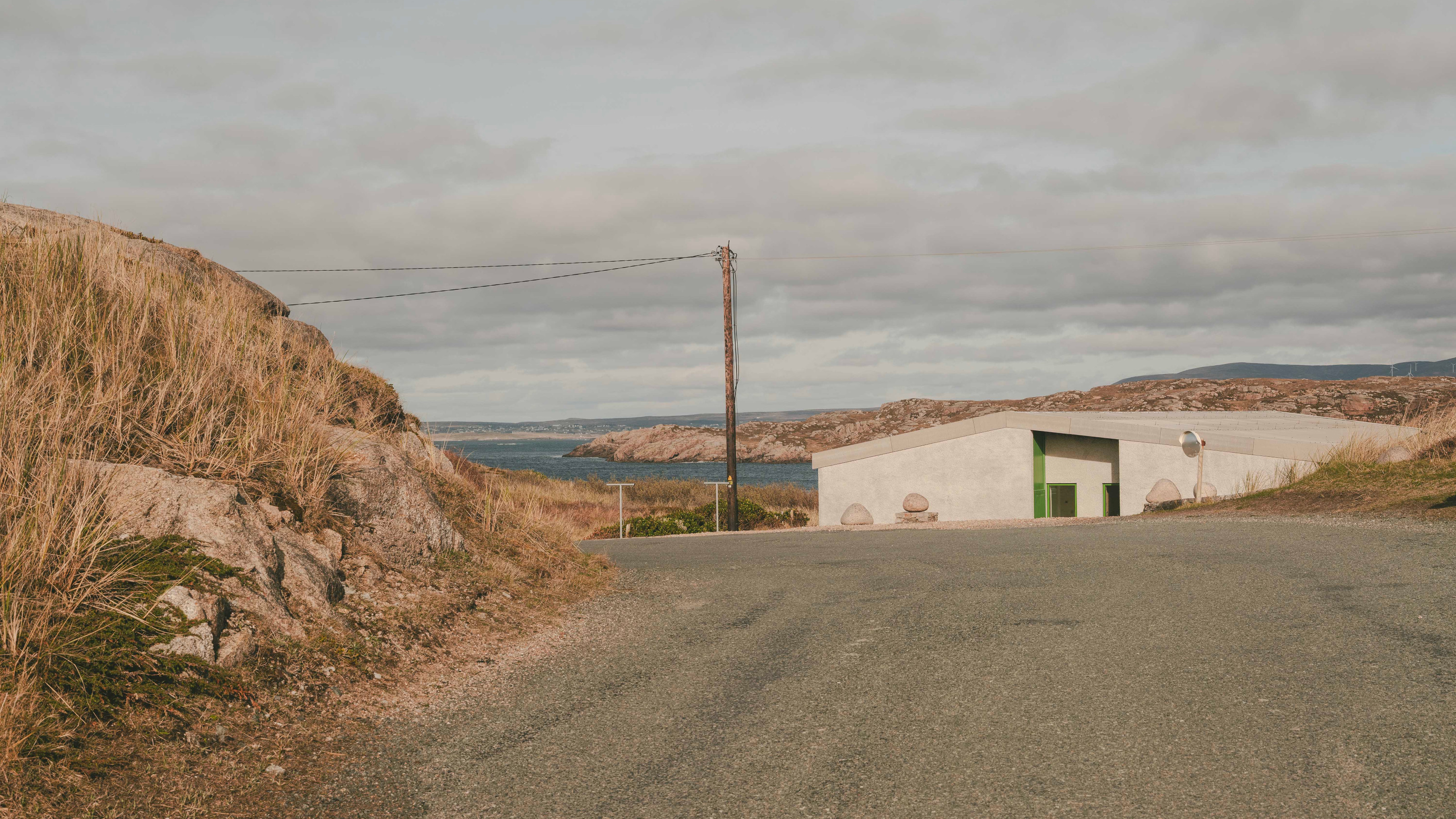 A house on Ireland’s wild Atlantic coast blends into the landscape
A house on Ireland’s wild Atlantic coast blends into the landscapeOn the Atlantic coast, Cruit Island’s craggy topography and wind-swept vegetation inspired the form and composition of this beachside family retreat in Donegal
-
 2025 Expo Osaka: Ireland is having a moment in Japan
2025 Expo Osaka: Ireland is having a moment in JapanAt 2025 Expo Osaka, a new sculpture for the Irish pavilion brings together two nations for a harmonious dialogue between place and time, material and form
-
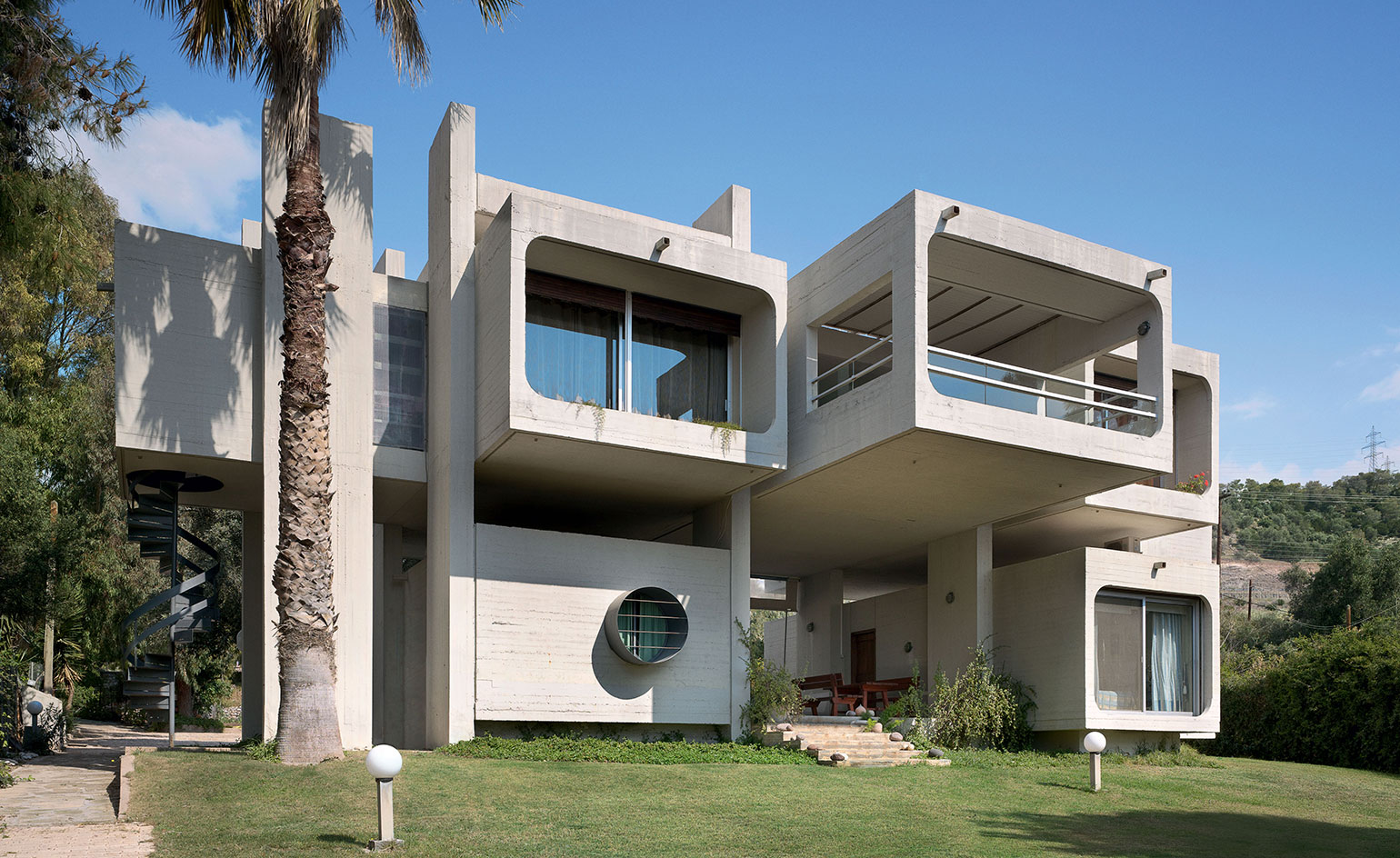 Remembering Alexandros Tombazis (1939-2024), and the Metabolist architecture of this 1970s eco-pioneer
Remembering Alexandros Tombazis (1939-2024), and the Metabolist architecture of this 1970s eco-pioneerBack in September 2010 (W*138), we explored the legacy and history of Greek architect Alexandros Tombazis, who this month celebrates his 80th birthday.
-
 All hail the power of concrete architecture
All hail the power of concrete architecture‘Concrete Architecture’ surveys more than a century’s worth of the world’s most influential buildings using the material, from brutalist memorials to sculptural apartment blocks
-
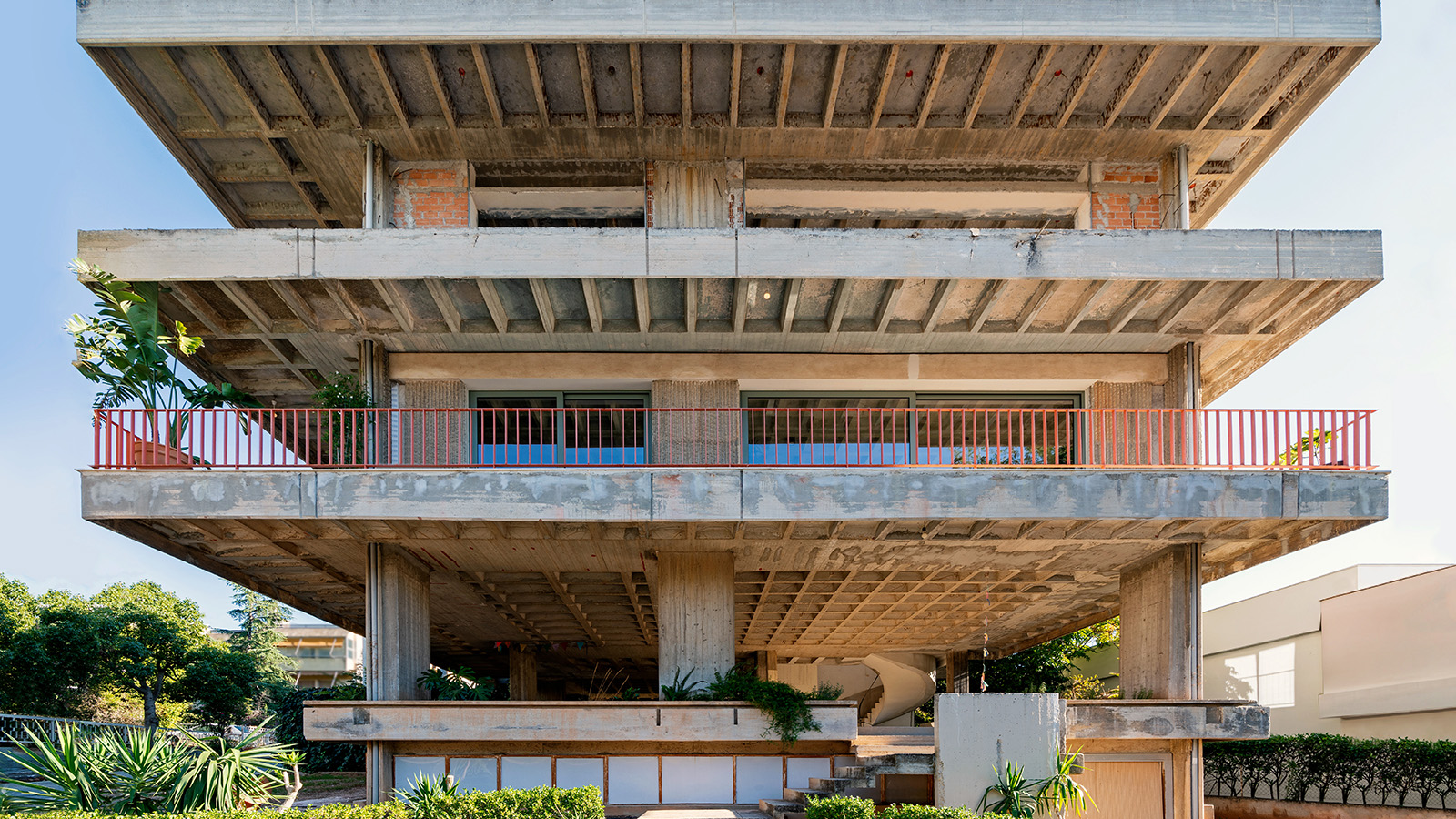 Three Object Apartment embraces raw concrete honesty in the heart of Athens
Three Object Apartment embraces raw concrete honesty in the heart of AthensThree Object Apartment by DeMachinas is a raw concrete home in Athens, which confidently celebrates its modernist bones
-
 Modernist architecture: inspiration from across the globe
Modernist architecture: inspiration from across the globeModernist architecture has had a tremendous influence on today’s built environment, making these midcentury marvels some of the most closely studied 20th-century buildings; here, we explore the genre by continent
-
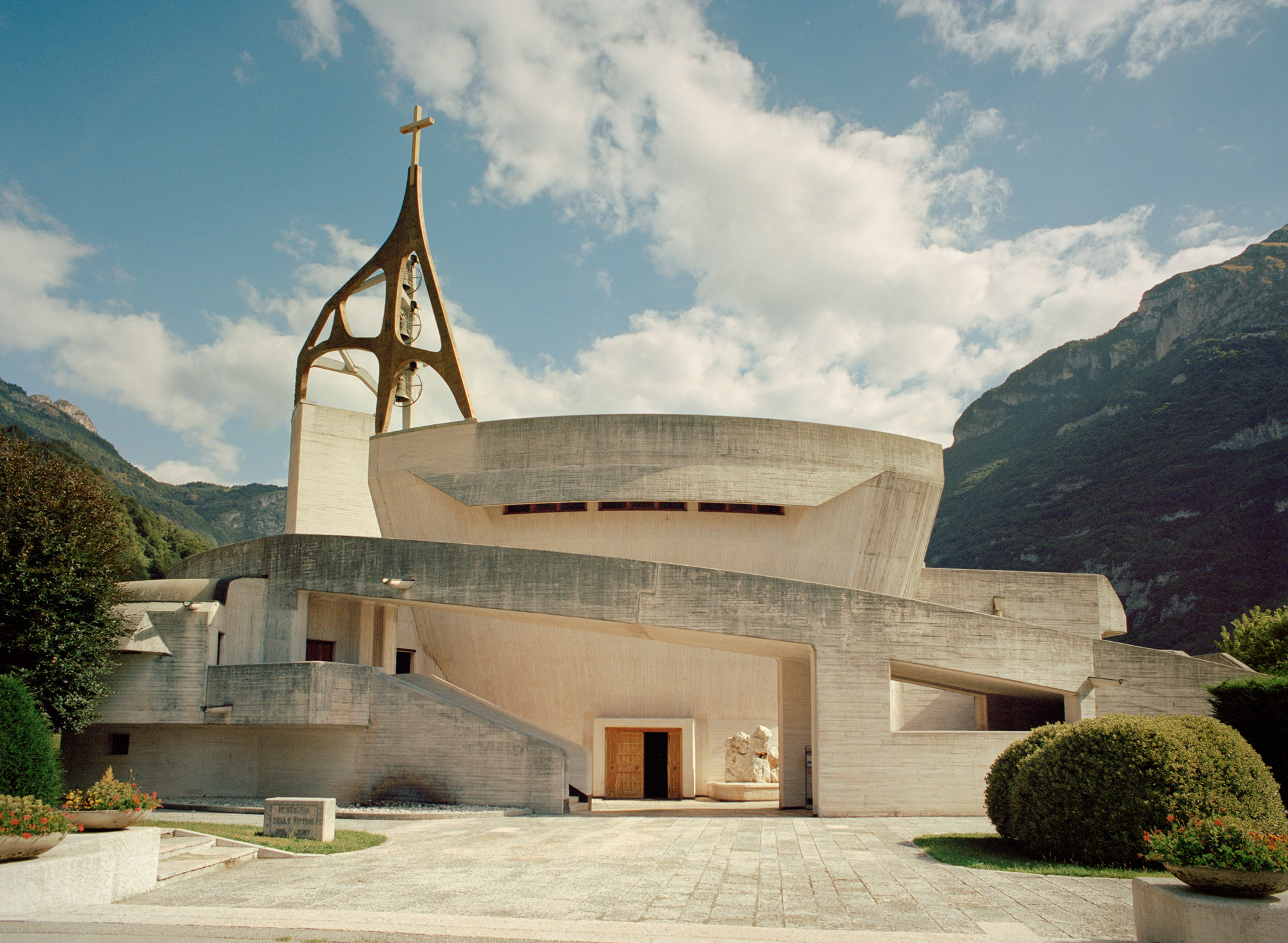 Giovanni Michelucci’s dramatic concrete church in the Italian Dolomites
Giovanni Michelucci’s dramatic concrete church in the Italian DolomitesGiovanni Michelucci’s concrete Church of Santa Maria Immacolata in the Italian Dolomites is a reverently uplifting memorial to the victims of a local disaster